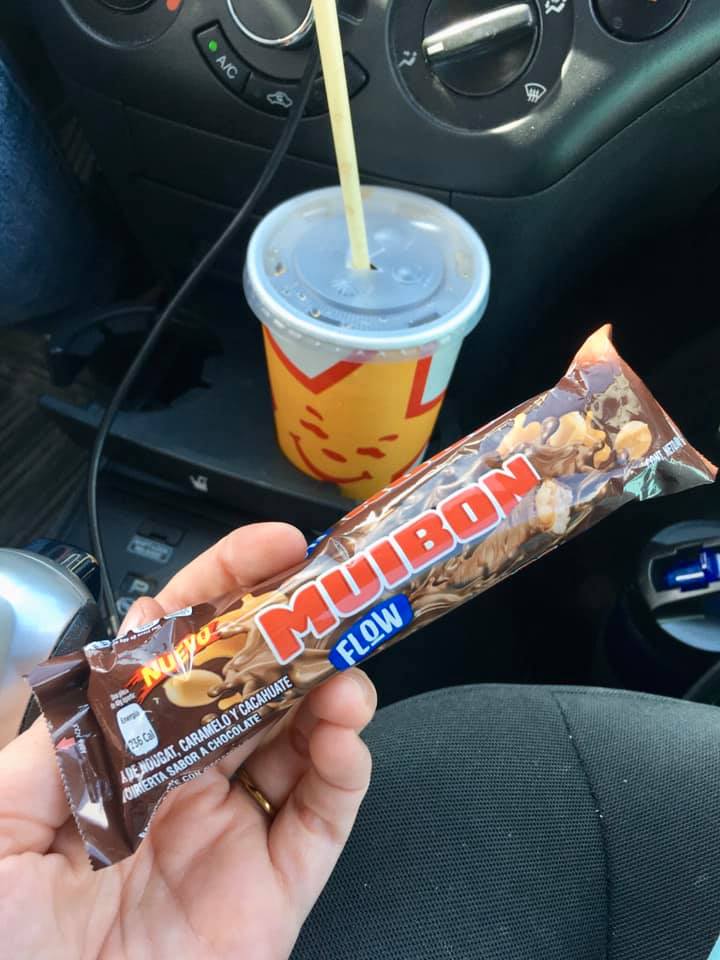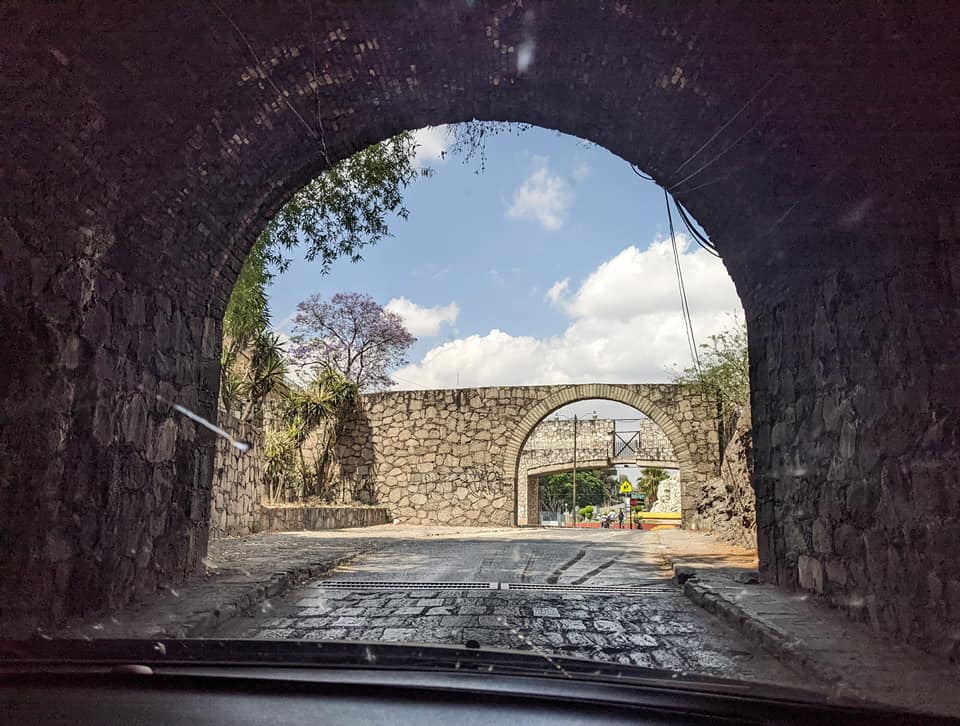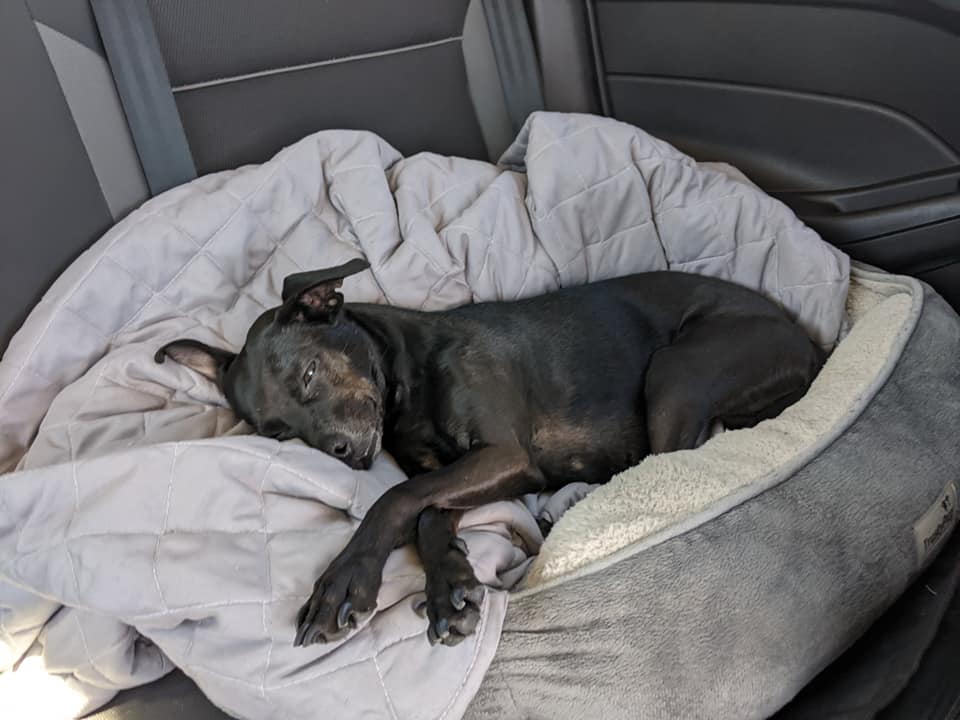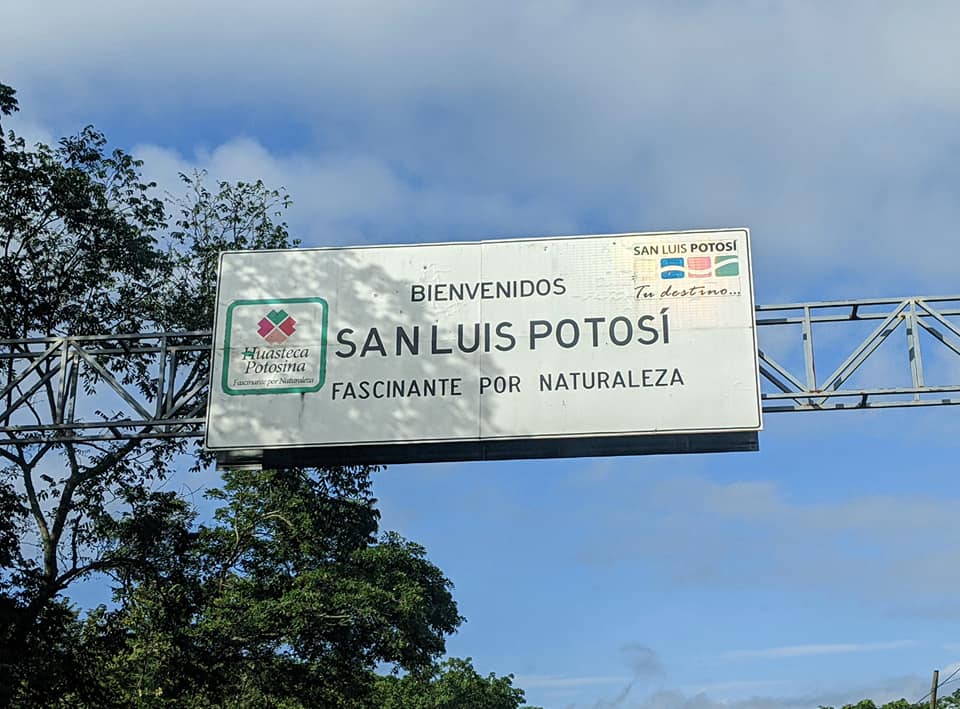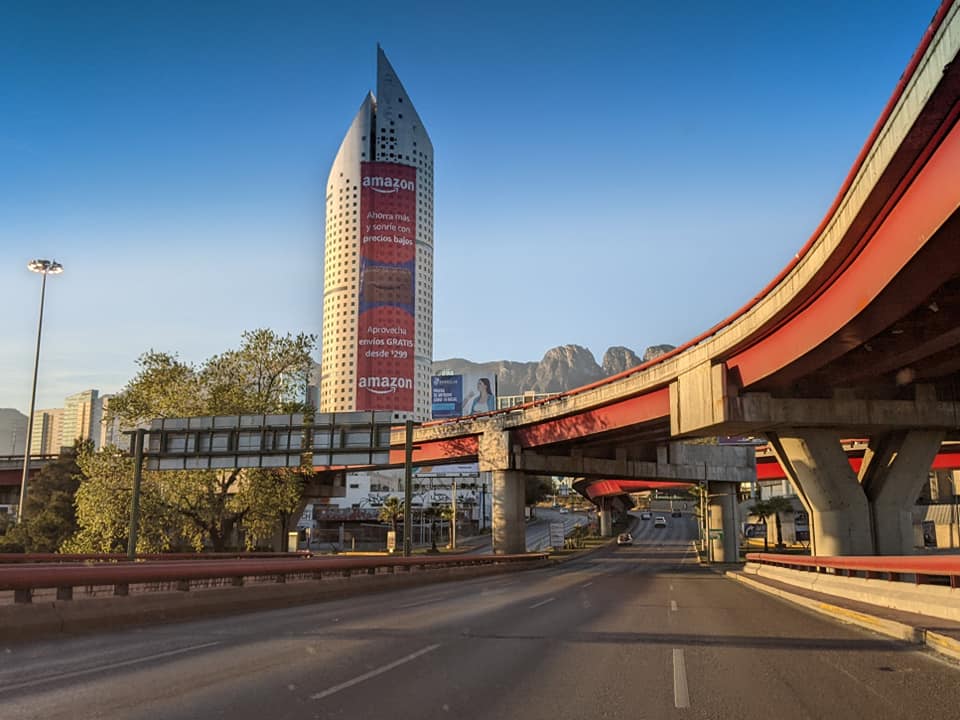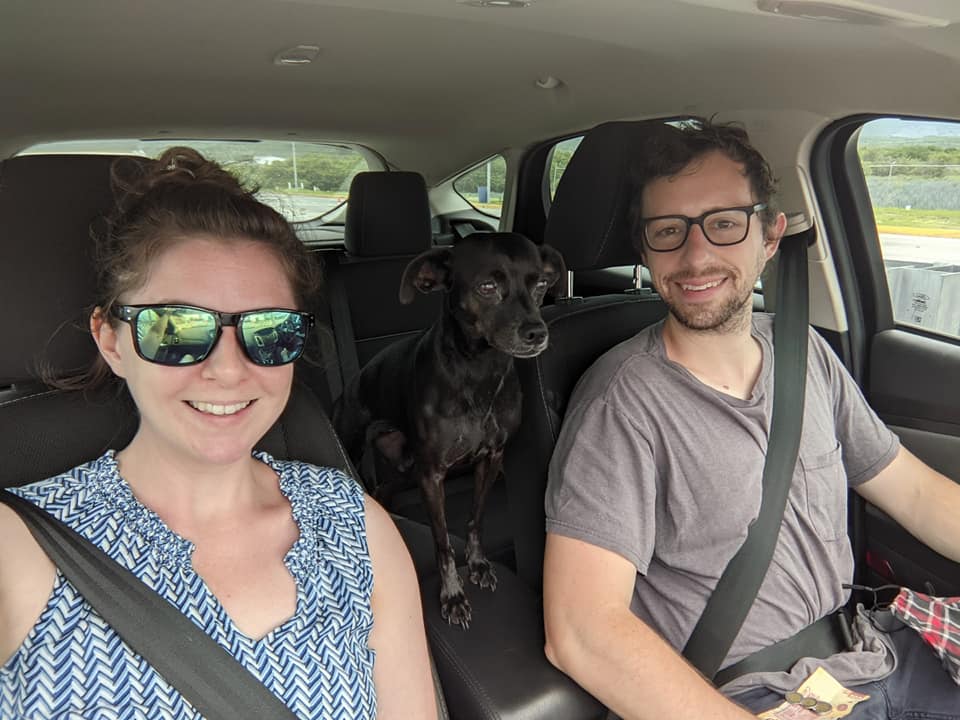
Our time in Mexico has been unique for several reasons (global pandemic anyone?), but honestly, one of the most notable differences is the fact that this is our first time living abroad with a car. While it seems like such a small thing, it has definitely changed many aspects of our day-to-day life here and has (very fortunately) allowed us to explore Mexico in a new and exciting way. Yay road trips!
Of course, at first, we found the thought of driving our car down to Guadalajara a bit daunting (not to mention keeping up with basic maintenance and handling any issues that cropped up totalmente en español), but after almost two years, I feel like we’ve now got a pretty good idea of what to expect on Mexico’s roadways. So, for this month’s post, I thought I’d share some of the things I wish we had known from the beginning, things that might help anyone else who is planning to drive around Los Estados Unidos Mexicanos.
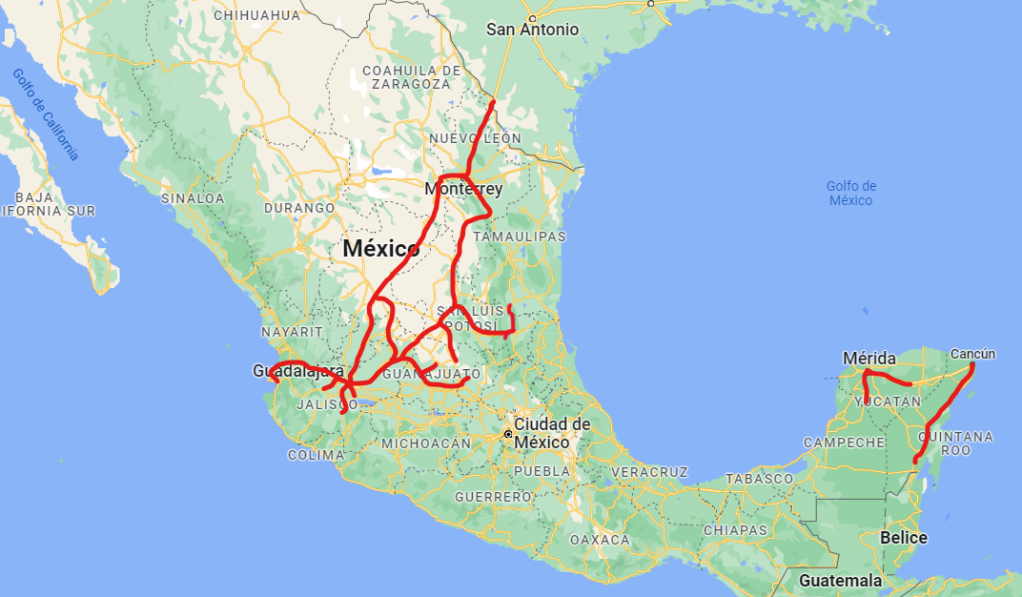
Rules of the road:

First up, I have to mention some of the different (and sometimes unwritten) rules of the road here in Mexico. When we were first preparing to drive across the border, the main thing everyone kept saying was, “don’t drive at night”. It turns out that most of Mexico’s highways, especially those cross-crossing deserts and jungles, don’t have street lights, so it is really difficult (read: impossible) to see anything that might be in the road (be it half a tire, a pothole, an animal of some sort, whatever). We experienced just how crazy this type of driving can be on one early morning drive from Sayulita to Puerto Vallarta…not a very far drive, but jungle-y, hairpin turns and surprise speedbumps in the pitch-black darkness was not fun at all.
Another thing we learned on the fly was utilizing the phantom third lane. Since a lot of Mexico’s tollways are two-lane roads, which happen to have tons of semis and other big, slow trucks, drivers have come up with a solution, which I call the phantom third lane. Basically, everyone drives straddling the line that designates the shoulder, which creates a lot of space in the center of the road. People that need/want to pass can then use that middle “lane” to get around slower vehicles and then get back to the shoulder, so cars on the other side can have the same opportunity if needed. At first this scared the sh*t out of us, but now we love how efficient and consistent the process really is.

One last thing to mention about road rules in Mexico – pedestrians will be in the roads. In the cities, they’ll be there to clean your windshield, sell or replace your wipers, or entertain you with a bit of fire-dancing. In the countryside they’ll be crossing with a flock of sheep or flagging you down for some fresh fruit or nuts. And on the highways, they’ll be darting across to get to the bus stop or rest area, so be on the lookout for people crossing any and all roads at any and all times.
The roads themselves:
Now onto the types of roads. Immediately upon entering the highway system of Mexico, it becomes evident that there are two sets of roads: cuotas (tollways) and libres (freeways). The cuotas are often much newer, smoother, and in many instances straighter paths to wherever you may be heading, but they do come at a price. All along the tollways of Mexico there are casetas/plazas de cobro (toolbooths) which charge anywhere from 40-300 pesos (approximately $2-15USD). The tollbooths are very clearly marked, with prices listed for each vehicle type, and there are very rarely any issues, lines, etc. However, be prepared to pay in cash. Lots and lots of cash.
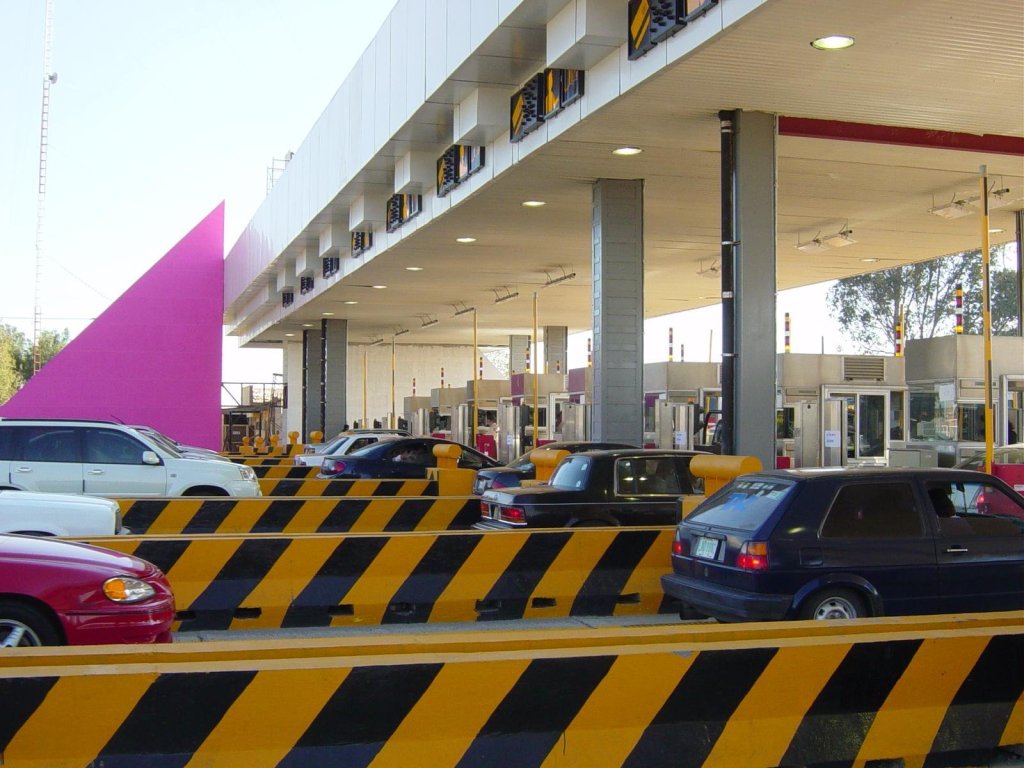
The good news is, it’s not only tolls that you’ll come across on the road. There is also a plethora of gas stations, rest stops, and roadside stands dotting Mexico’s highways. There are gas stations you’ll recognize (like Shell, BP, and Mobil) and some that are specific to Mexico (like the national chain Pemex). The major chains all have little convenience stores (usually Oxxos) and bathrooms, which are sometimes free and sometimes five pesos or 25 cents. One thing to be aware of, however, is that Mexico is like Oregon or New Jersey in that you can’t pump your own gas. When you pull up to the pump, someone will come over and ask which type and how much you want. They might also clean your windows and check your fluids for a tip.
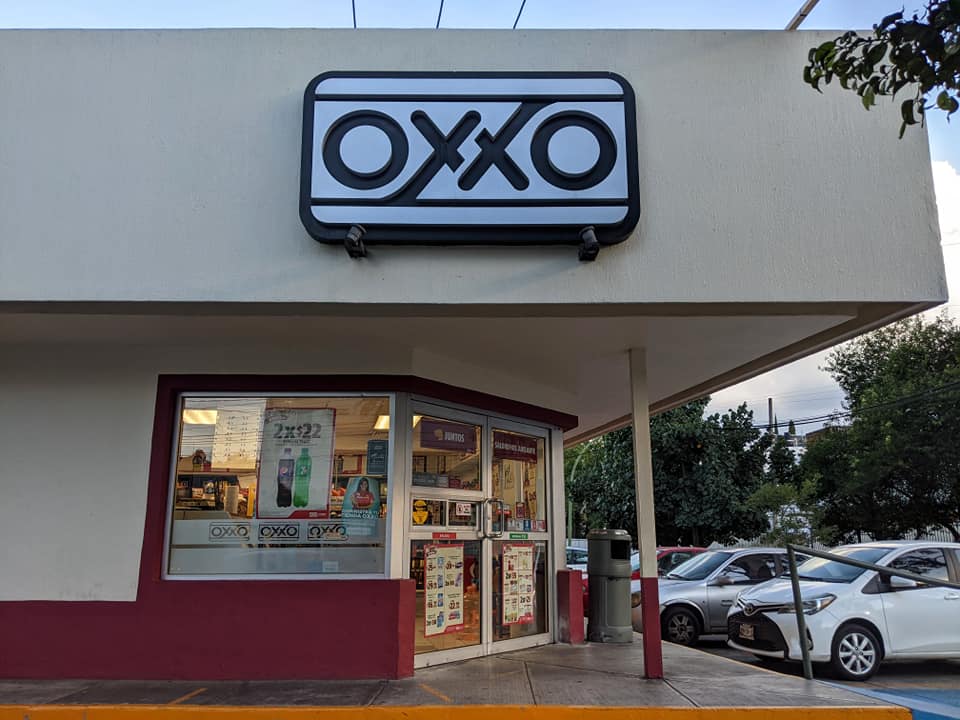


In addition to the many places you can stop, go to the bathroom, and stretch your legs, Mexico also has several road safety services that you can use if needed. As you drive along, you’ll see emergency service numbers posted everywhere, which is super nice. You’ll also occasionally see the Green Angels themselves, which are roadside assistance vehicles that are supposedly bilingual and free. Thankfully we’ve not needed to use any of these services yet, but just the fact that they’re there makes me feel really good. Another interesting safety feature you can find along Mexican highways would be the water points, or places where you can get free, potable water if you ever run out. Desert driving has lots of potential hazards!
Why we do it:
With all the things that can go wrong on a road trip, especially one in an unforgiving and unknown environment, a lot of people wonder why we do it? Mexico has amazing long-distance bus services as well as super affordable domestic airlines, but no matter where you are, something about road trips just hits differently. Stopping when you want, snacking, blasting music, it’s all about the journey, right? Like most of North America, Mexico has an incredible diversity of things to see and do, and we wouldn’t have seen half of it if we hadn’t chosen to drive to so many places.
So, was there a steep learning curve? Sí. Was it worth every hard-earned lesson? ¡Absolutamente!

